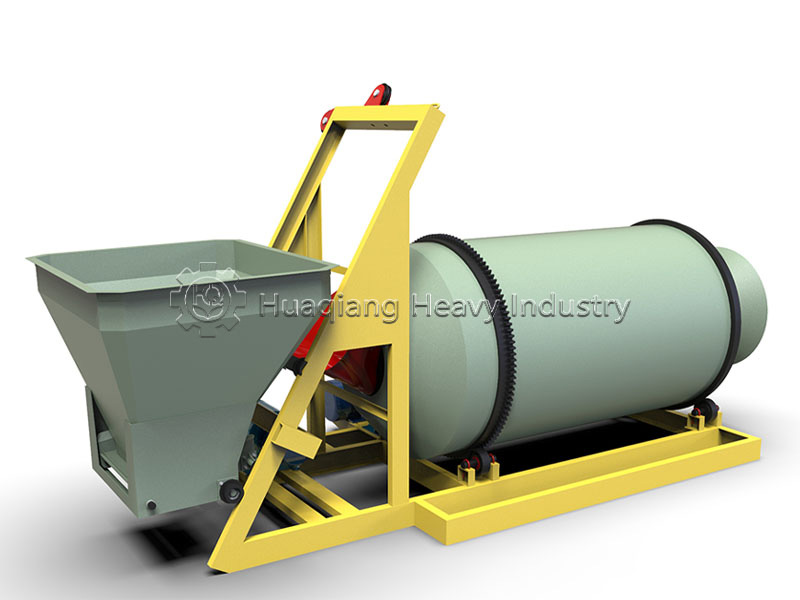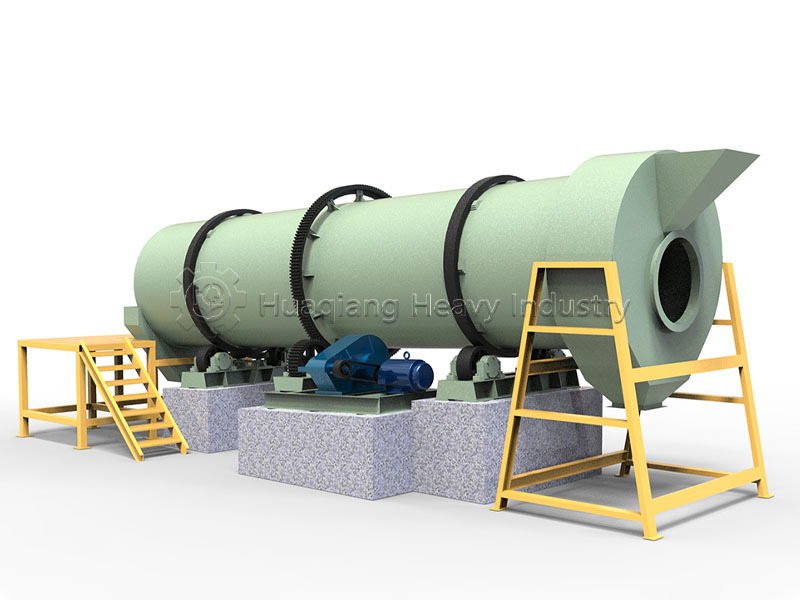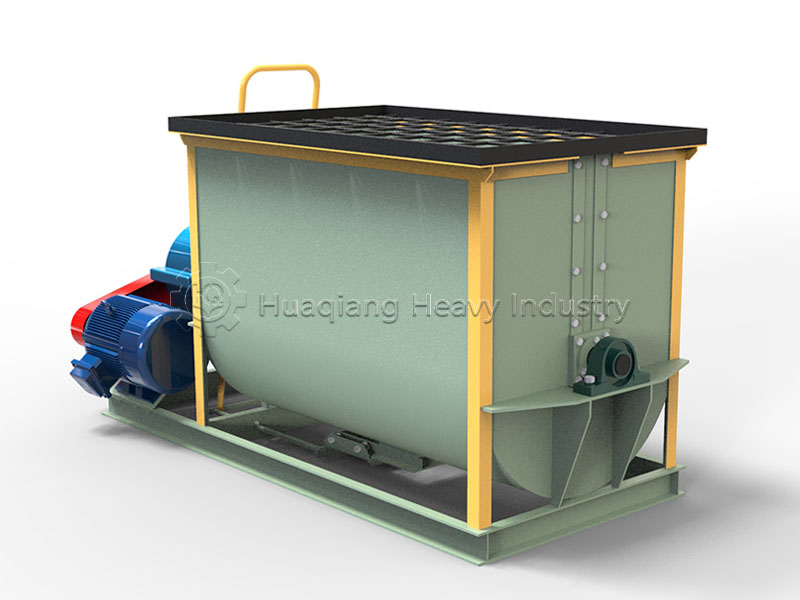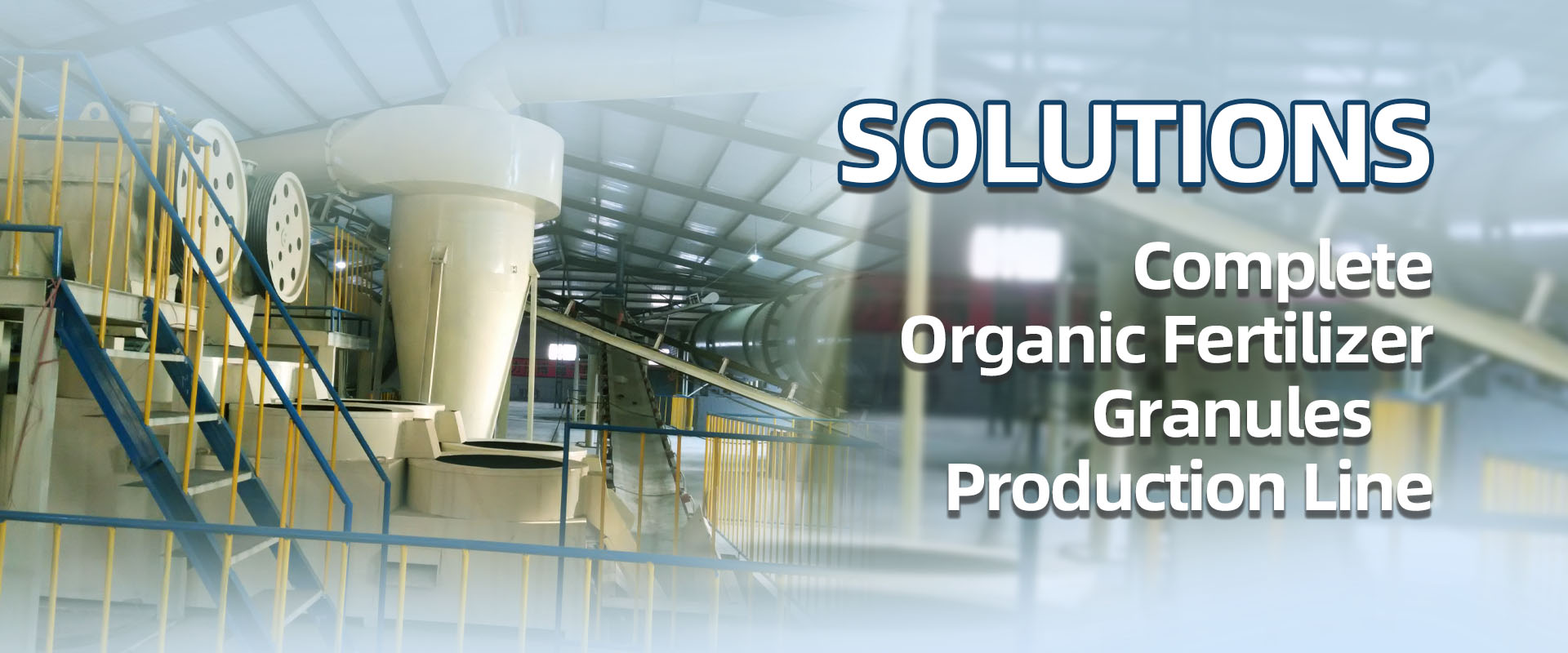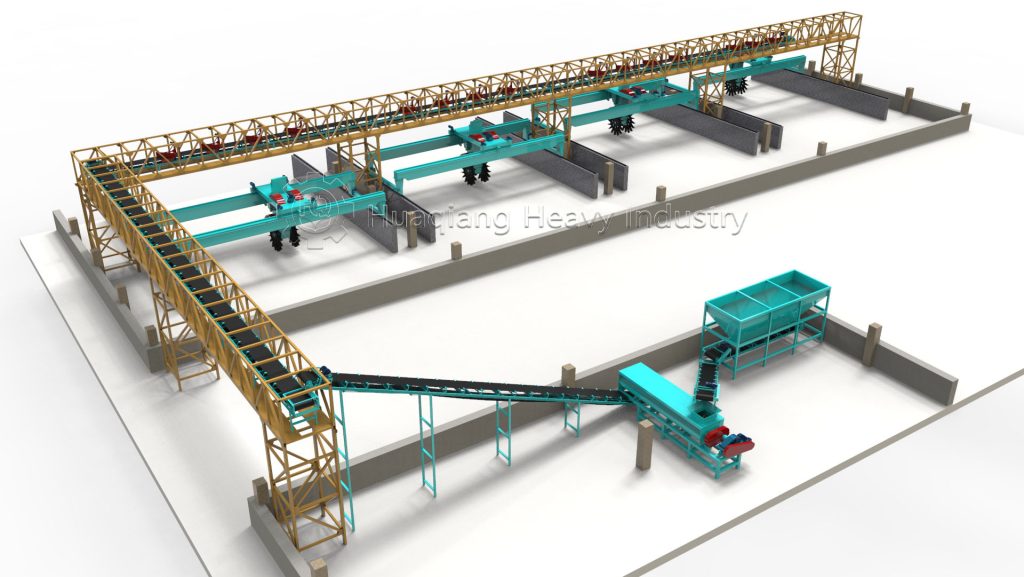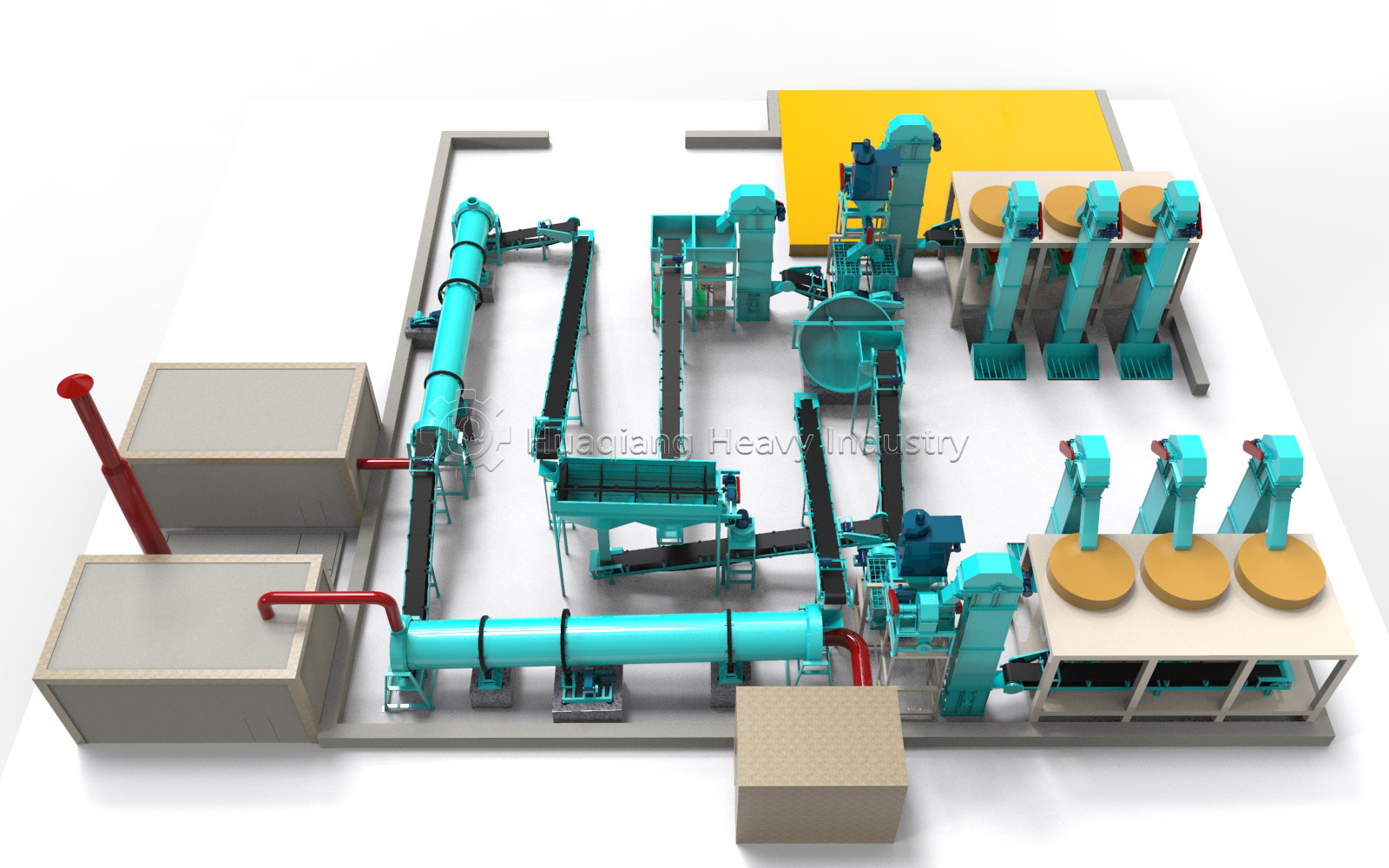Understanding Fertilizer Labels: The Scientific Code of Balanced Water-Soluble Fertilizers
Have you ever noticed prominent numbers like “20-20-20” or “15-15-15” on fertilizer packaging in garden centers or agricultural supply markets? These aren’t arbitrary labels; they represent the globally recognized nutrient labeling language—the N-P₂O₅-K₂O ternary ratio system. This standard clearly reveals the content of the three core nutrients—nitrogen (N), phosphorus (P), and potassium (K)—in fertilizers, helping growers precisely “feed” their plants.
“Balanced water-soluble compound fertilizers” typically refer to products with similar nitrogen, phosphorus, and potassium content (e.g., a 1:1:1 ratio). Common labeling includes 20-20-20, 17-17-17, 15-15-15, and 10-10-10. The first number represents the percentage of nitrogen, used to promote leaf growth; the second is the phosphorus pentoxide (P₂O₅) content, reflecting phosphorus supply capacity, which is related to root and fruit development; the third is the potassium oxide (K₂O) ratio, affecting plant stress resistance and fruit quality. For example, 100 grams of 20-20-20 fertilizer contains 20 grams of nitrogen, 20 grams of P₂O₅, and 20 grams of K₂O, with the remainder being solubilizers, anti-caking components, and possibly added trace elements such as iron, zinc, and boron.

This type of fertilizer is called “balanced” because its nutrient ratio is balanced, simultaneously meeting the plant’s basic needs for the three major nutrients. It is particularly suitable for general maintenance in the early growth stages, seedling establishment phase, or when soil conditions are unclear. High-concentration 20-20-20 fertilizers are commonly used in hydroponics, drip irrigation systems, or for crops in their rapid growth phase; 17-17-17, due to its high purity and low impurities, is the preferred choice for high-end hydroponics; while low-concentration formulas such as 10-10-10 are more suitable for home potted plants or fertilizer-sensitive seedlings, avoiding the risk of root burn.
However, “balanced” does not equal “all-purpose.” Different crops have significantly different nutrient requirements at different growth stages. Leafy vegetables prefer high-nitrogen fertilizers (such as 30-10-10) during their vegetative growth stage, while tomatoes and peppers in their flowering and fruiting stages require high-phosphorus and high-potassium formulas (such as 10-30-20). Using balanced fertilizers throughout the entire growth cycle may lead to nutrient mismatch, affecting yield or ornamental value.
Furthermore, true “water solubility” is a crucial prerequisite. Only fertilizers that are completely or highly soluble in water can be used for sprinkler irrigation, drip irrigation, or foliar spraying. When purchasing, look for the “fully water-soluble” or “Water Soluble” label. High-quality products also indicate the content of trace elements, such as “+TE” (containing all trace elements), further enhancing plant health.
It is worth emphasizing that the N-P₂O₅-K₂O labeling system is an internationally recognized standard. Whether in China, the United States, the European Union, or Southeast Asia, the numerical meanings are consistent, greatly facilitating global agricultural technology exchange and product circulation.
The core of scientific fertilization lies in “application based on needs.” Faced with a dazzling array of balanced fertilizers, growers should flexibly choose based on crop type, growth stage, and soil conditions—soil testing when necessary—avoiding a “one-size-fits-all” approach. Only in this way can every grain of fertilizer be transformed into the power for robust plant growth, while reducing resource waste and environmental pollution.
In today’s global push for sustainable agriculture, understanding fertilizer labels is not only a technical issue but also a manifestation of ecological responsibility. Starting with a small packet of 20-20-20 fertilizer, we can take the first step towards precise and green planting.
The Journey of Balanced Fertilizers: From Formulation to Field
The precise N-P-K ratios printed on fertilizer labels are realized through sophisticated industrial processes. The npk fertilizer manufacturing process is a testament to modern agricultural engineering, transforming raw materials into uniform granules. Central to this is the rotary drum granulator, a key machine in the npk fertilizer production line that utilizes a tumbling drum granulation process to form consistent, spherical particles from blended powders. This technology is a cornerstone of the complete manufacturing of npk fertilizer.
Beyond chemical fertilizers, the organic fertilizer fermentation process represents a parallel pathway to soil health, often utilizing equipment like the windrow composting machine for large-scale biodegradation. Meanwhile, innovations in fertilizer production machine design continue to enhance efficiency and precision. The journey from a simple three-number code to a finished granule encapsulates the integration of chemistry, biology, and mechanical engineering, all dedicated to supporting sustainable plant nutrition and global food security.

